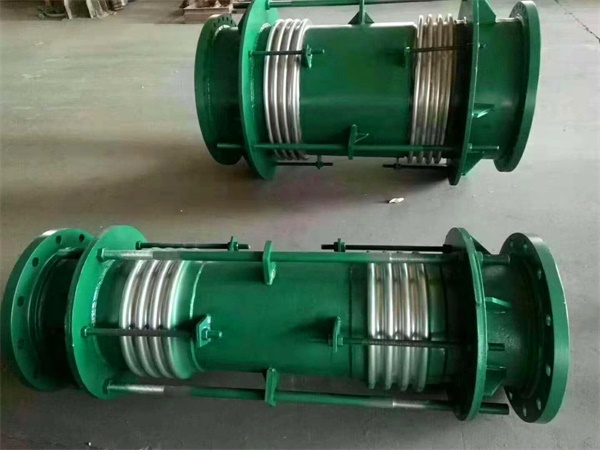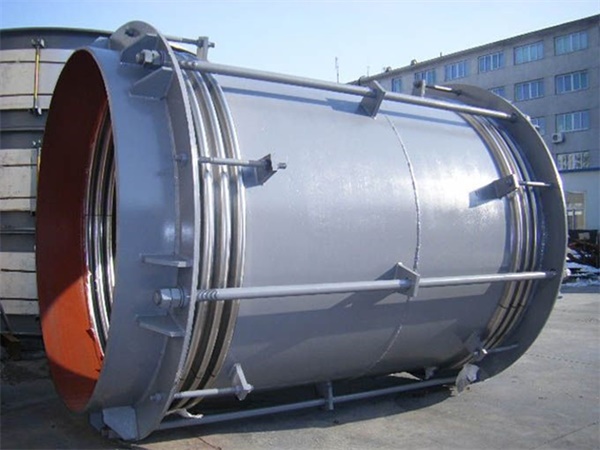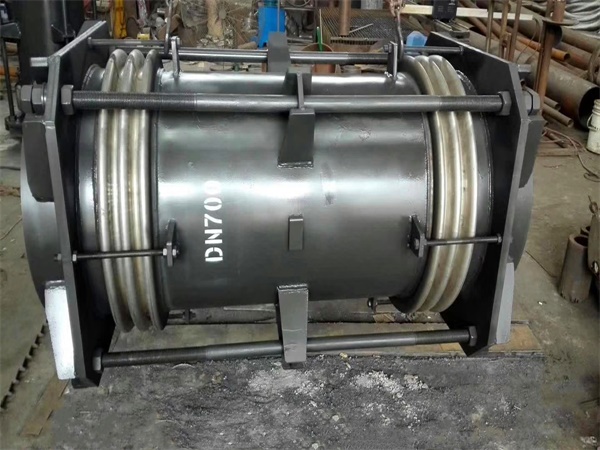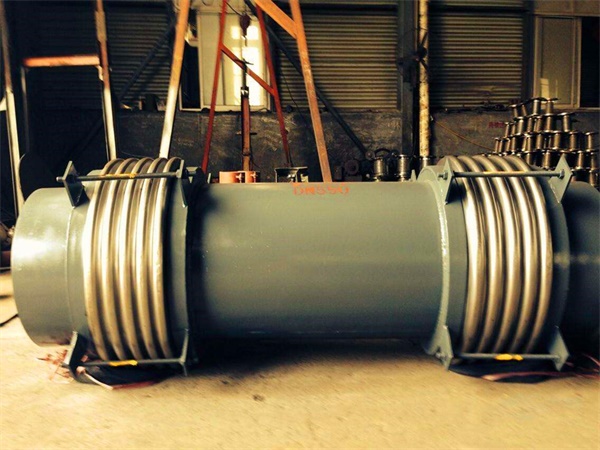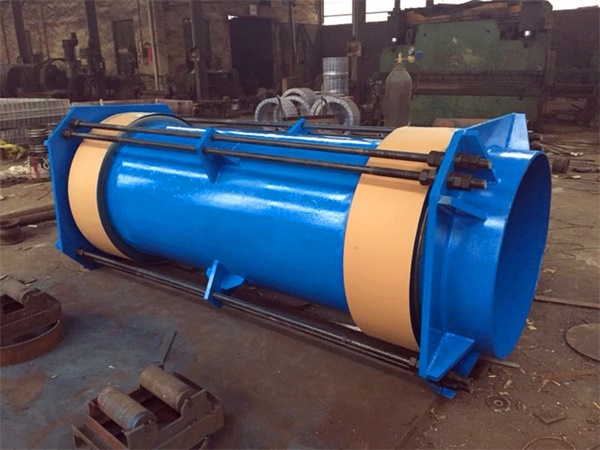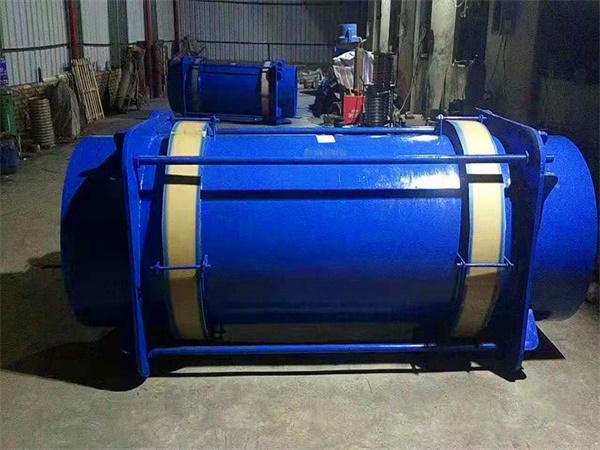-
Advantage:
The lateral expansion joint is mainly used to compensate the lateral displacement of the pipe system and the axial displacement within the length of the product itself.
The large tie rod lateral expansion joint uses a single hydroforming and mechanical forming technique. The lateral expansion joint is mainly used for the flow of the conveying line, which results in a change in the direction of the lateral rather than the axial movement. The lateral expansion joint absorbs in all directions, but only in one plane and with a limited degree of motion. The best solution for the absorption of larger lateral movements is the installation of a universal expansion joint. Large tie rod lateral metal bellows are used in power plants. The large tie rod lateral metal bellow is a flexible member composed of two geometric parameters and the same number of corrugated pipes, tie rods and end plates connected by the intermediate pipe. It is mainly used to compensate the lateral displacement of single-plane or multi-plane curved pipe sections. Suitable for “L” and “Z” pipe systems.
-
Application:
Since lateral expansion joint absorb transverse motion in one or more planes and adjusting forces, they are widely used in more complex pipeline systems with many different directions and levels. The transverse expansion joint can absorb the longitudinal motion perpendicular to the pipeline, so it is very suitable for installation in the pipeline system with elbows, Z-shaped pipeline system and articulated system. Lateral expansion joints can be used in steel, petroleum, chemical, metallurgical, electric power, water supply and drainage, construction and other industries, and have been widely used in heating network in recent years.
-
Principle of axial movement of metal bellows expansion joint :
Lateral movement is a lateral (lateral) displacement of the end of the expansion joint in a direction perpendicular to its longitudinal axis. Depending on the design of the piping system, lateral movement can be absorbed in the horizontal and vertical axes/directions. Lateral motion can be absorbed to some extent by a bellows. If larger movements are to be absorbed, we recommend a design that uses a universal expansion joint to absorb motion, which also results in a lower offset force.
-
Structure:
The lateral expansion joint is a flexible component consisting of two identical bellows and end tubes, end plates and tie rods. The angular deflection of the bellows absorbs single, flat or multi-plane displacements. The four long rods can withstand internal pressure thrust and other additional external forces. After the metal expansion joint is deformed, the large rod can limit the amount of deformation and protect the bellows.





